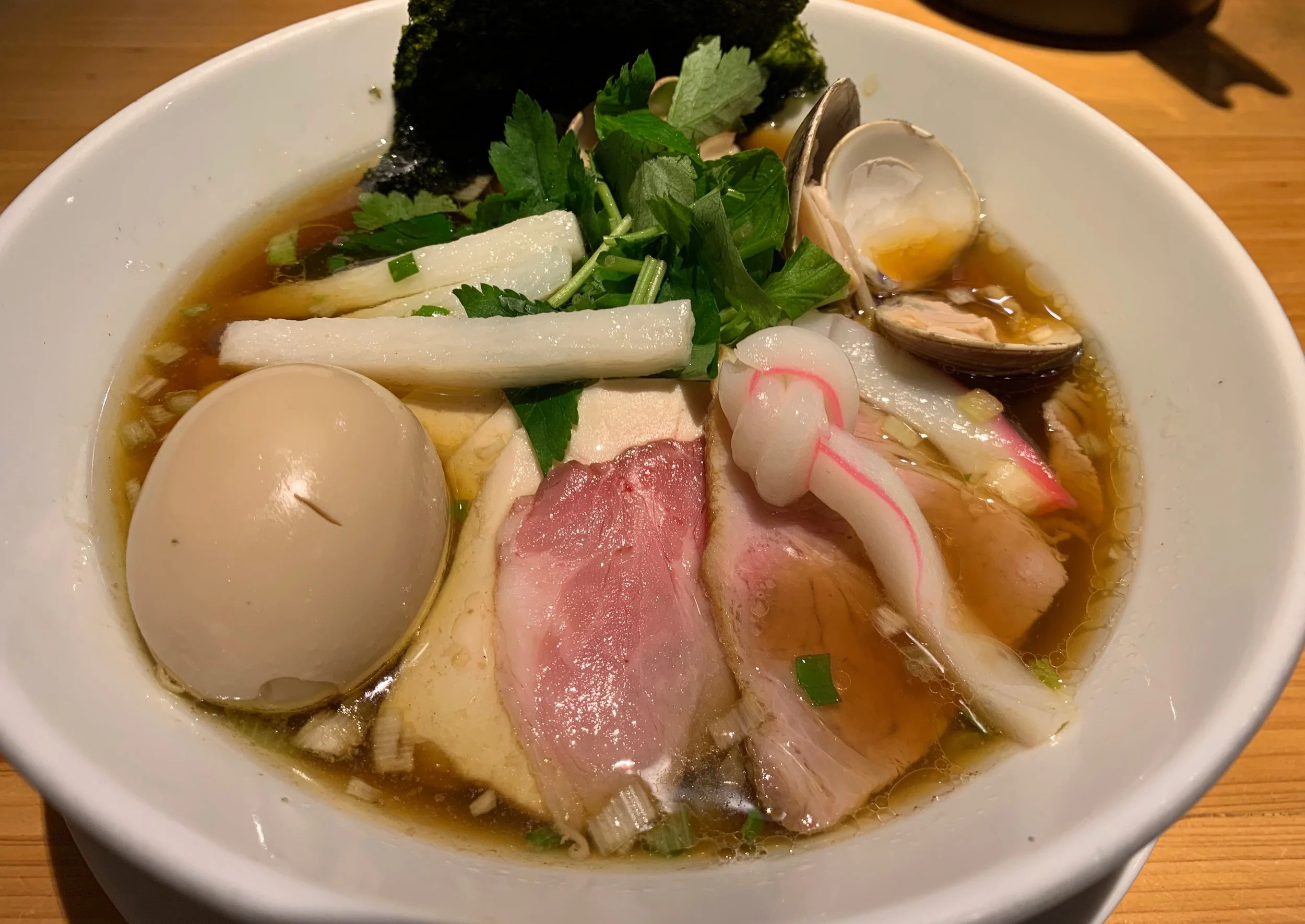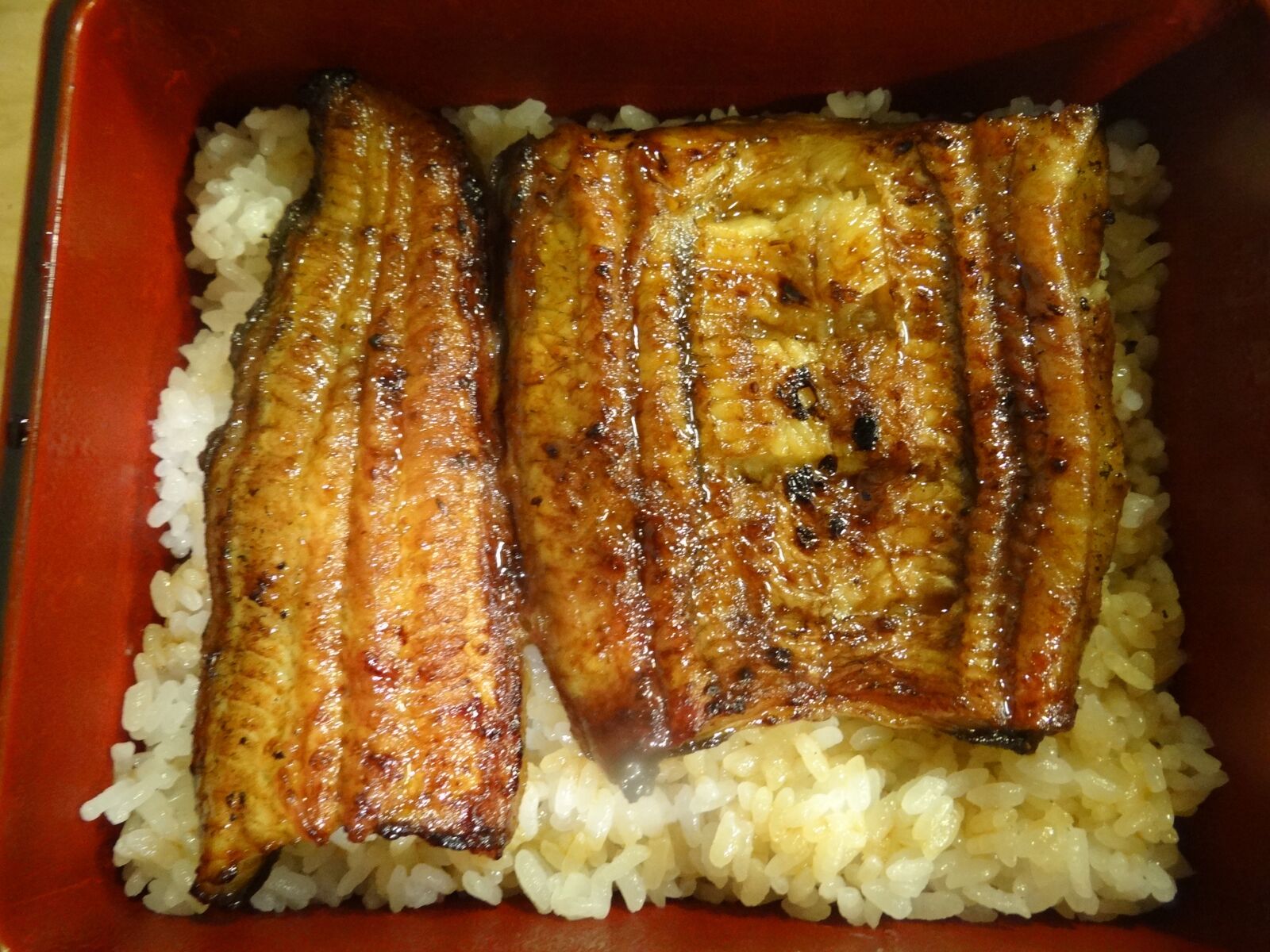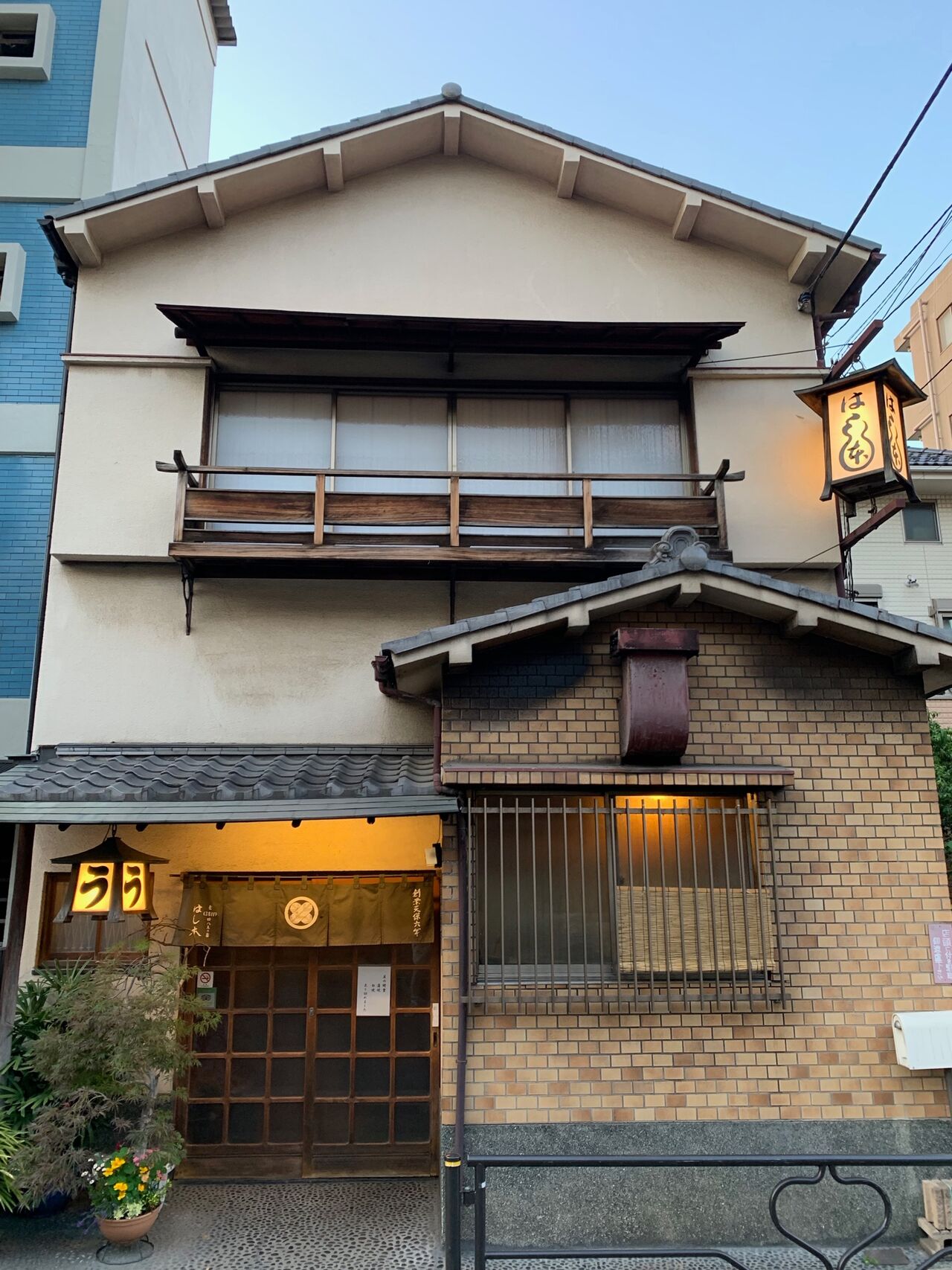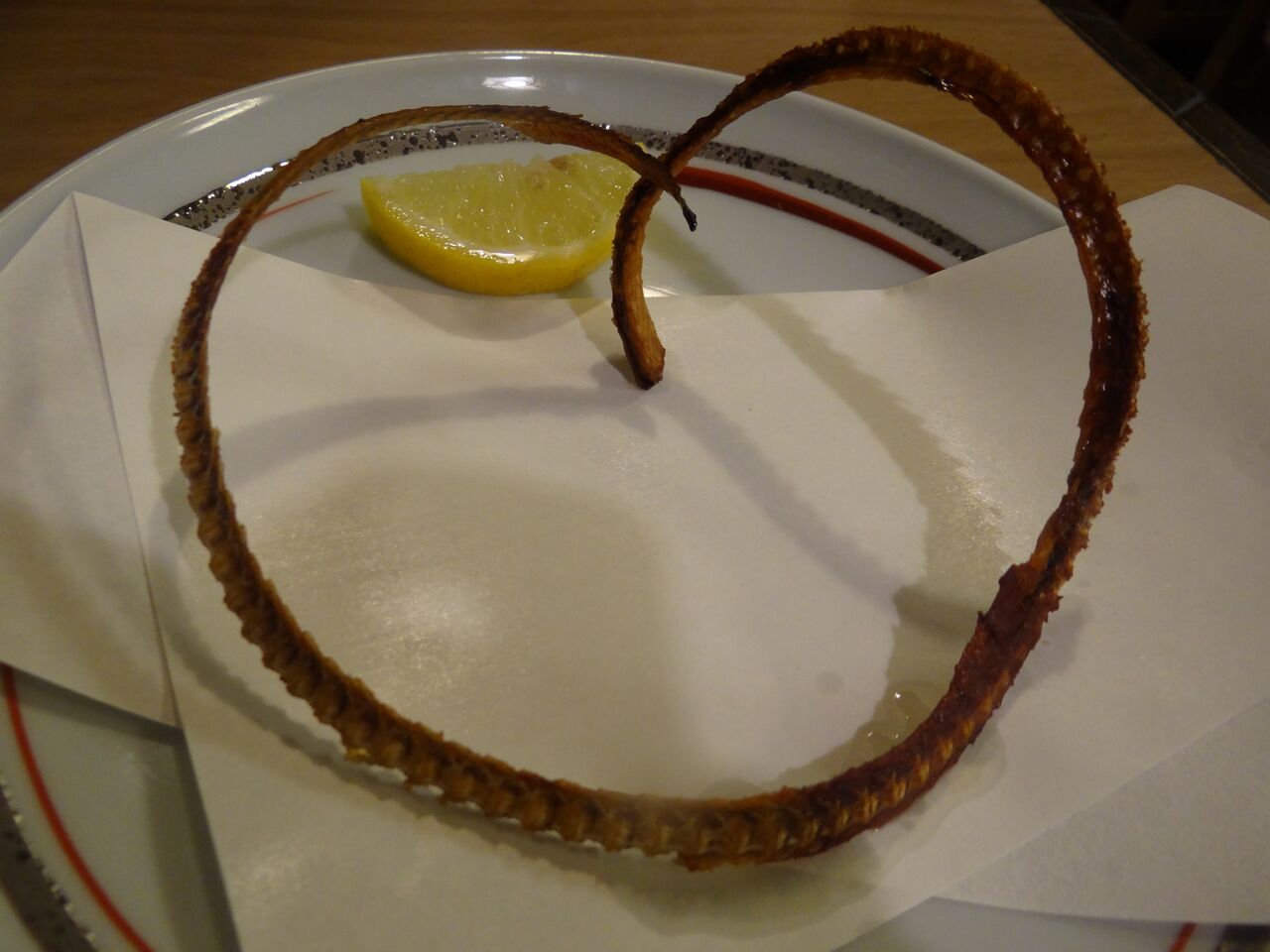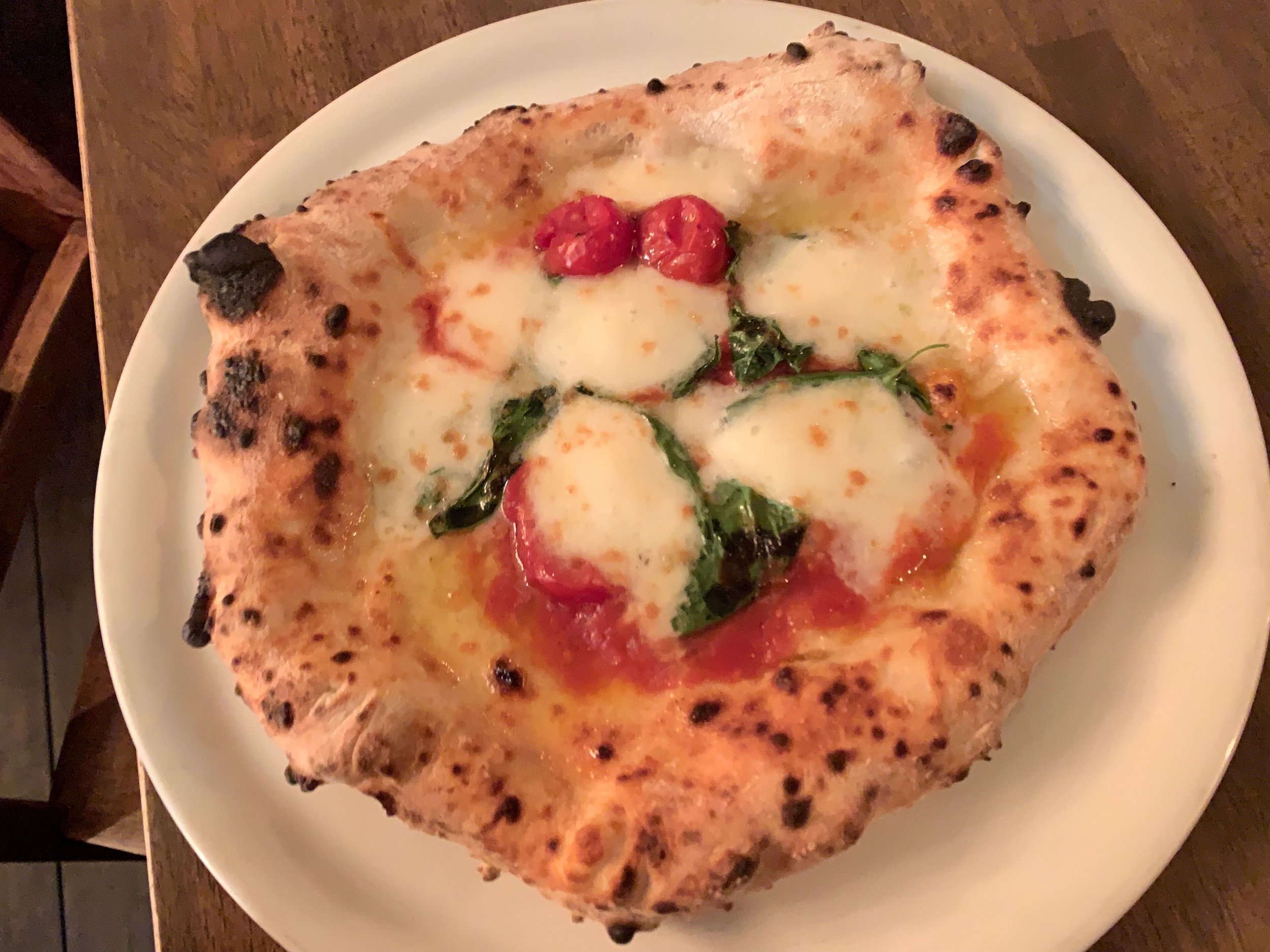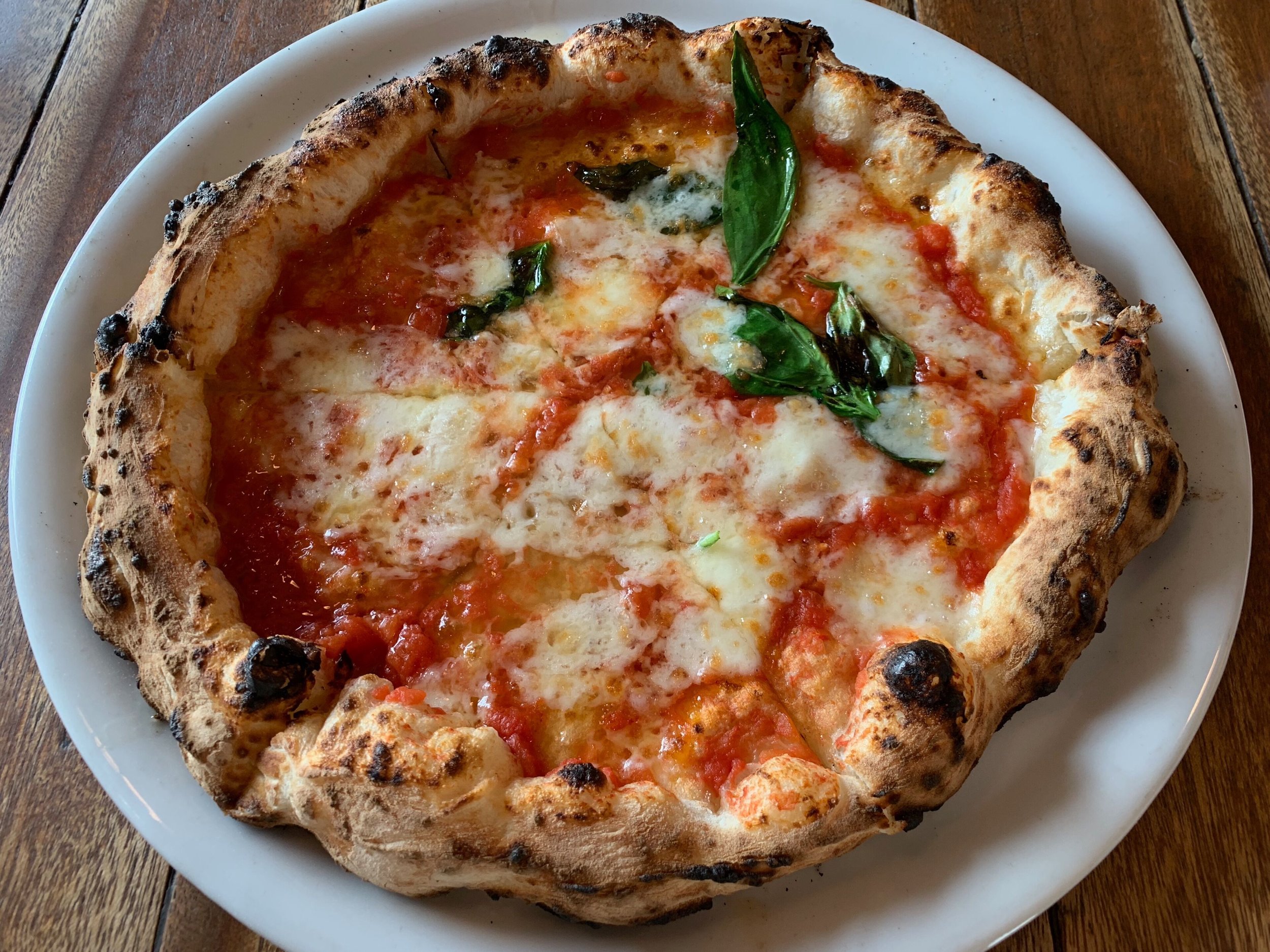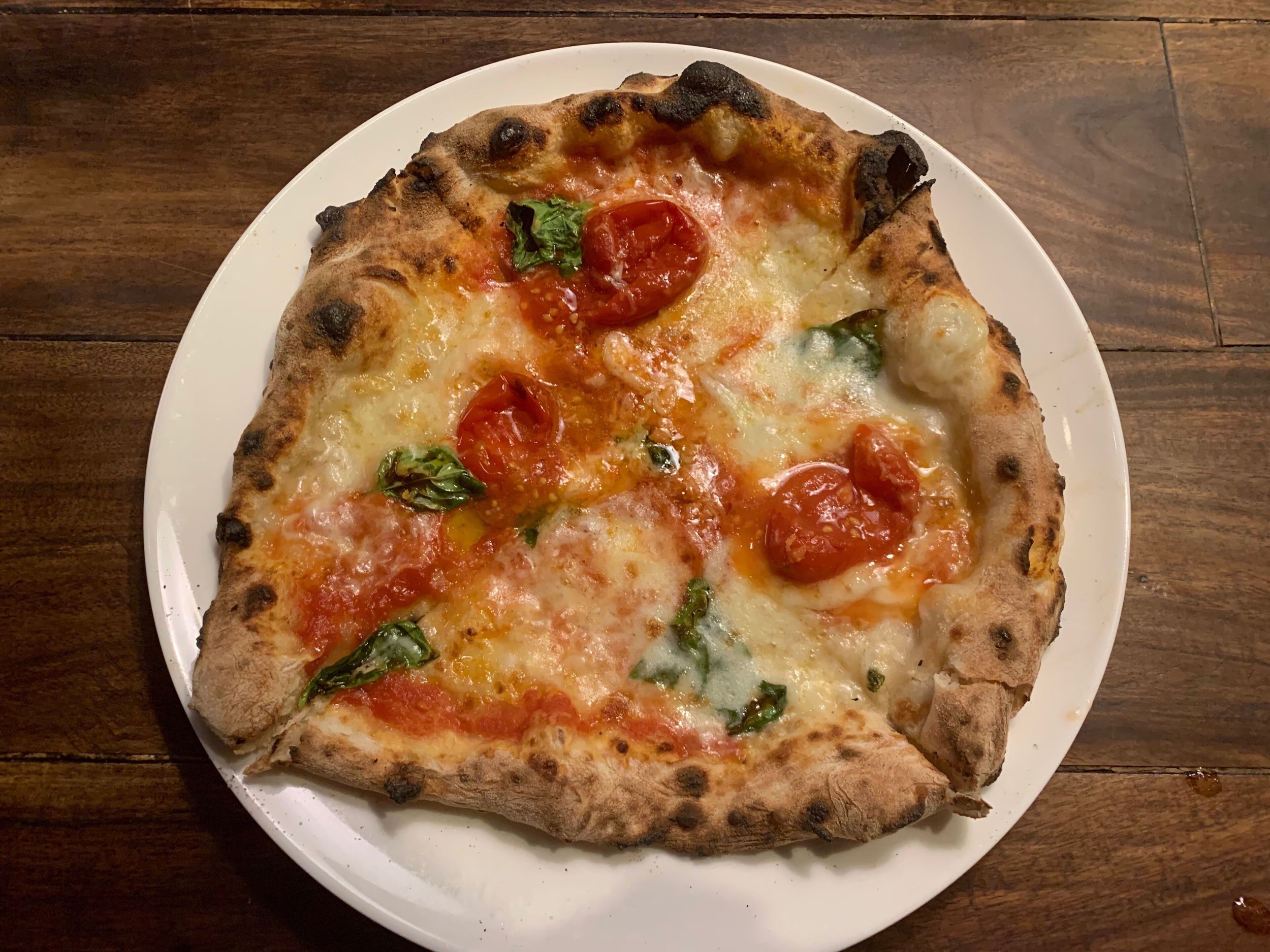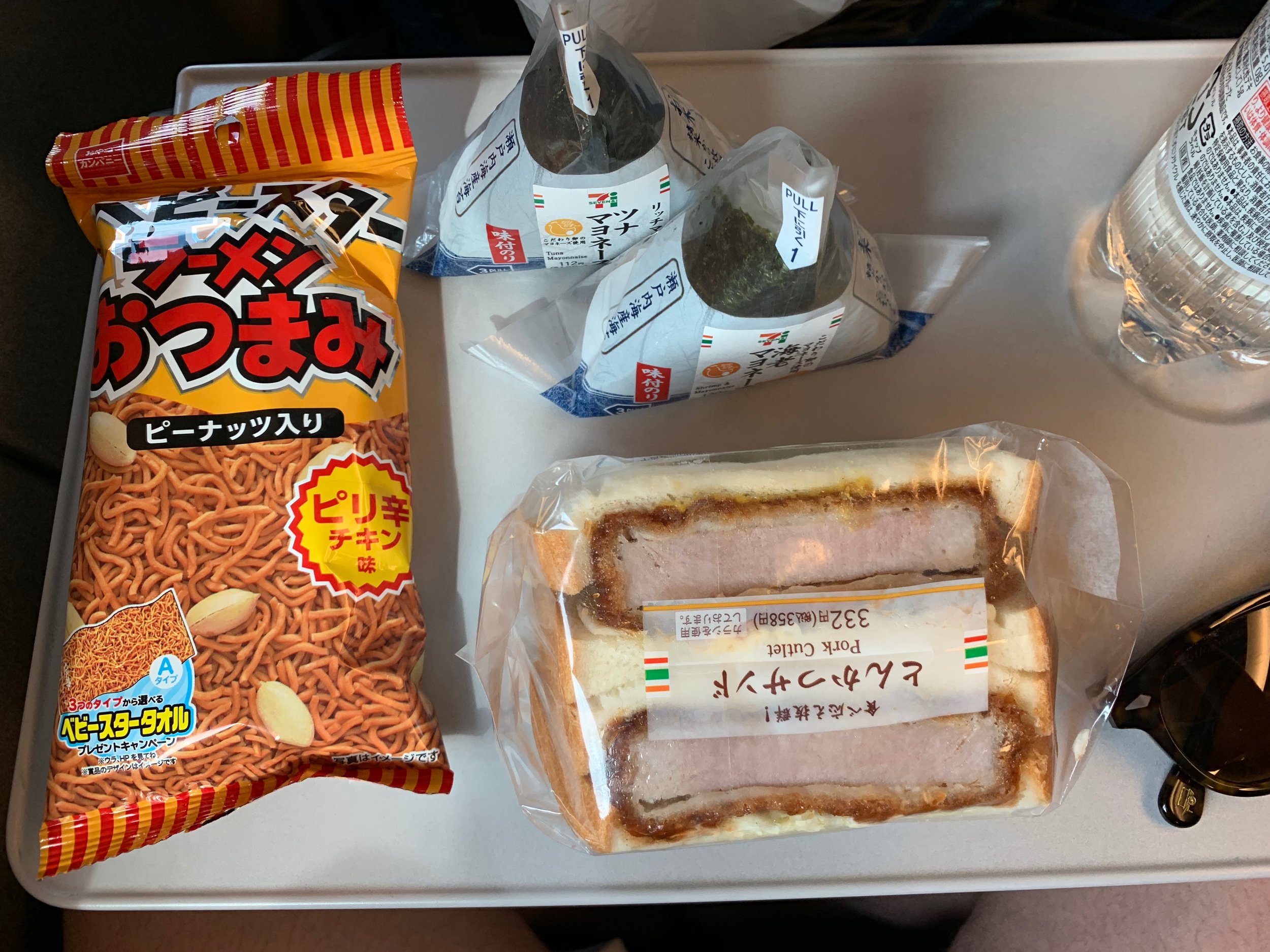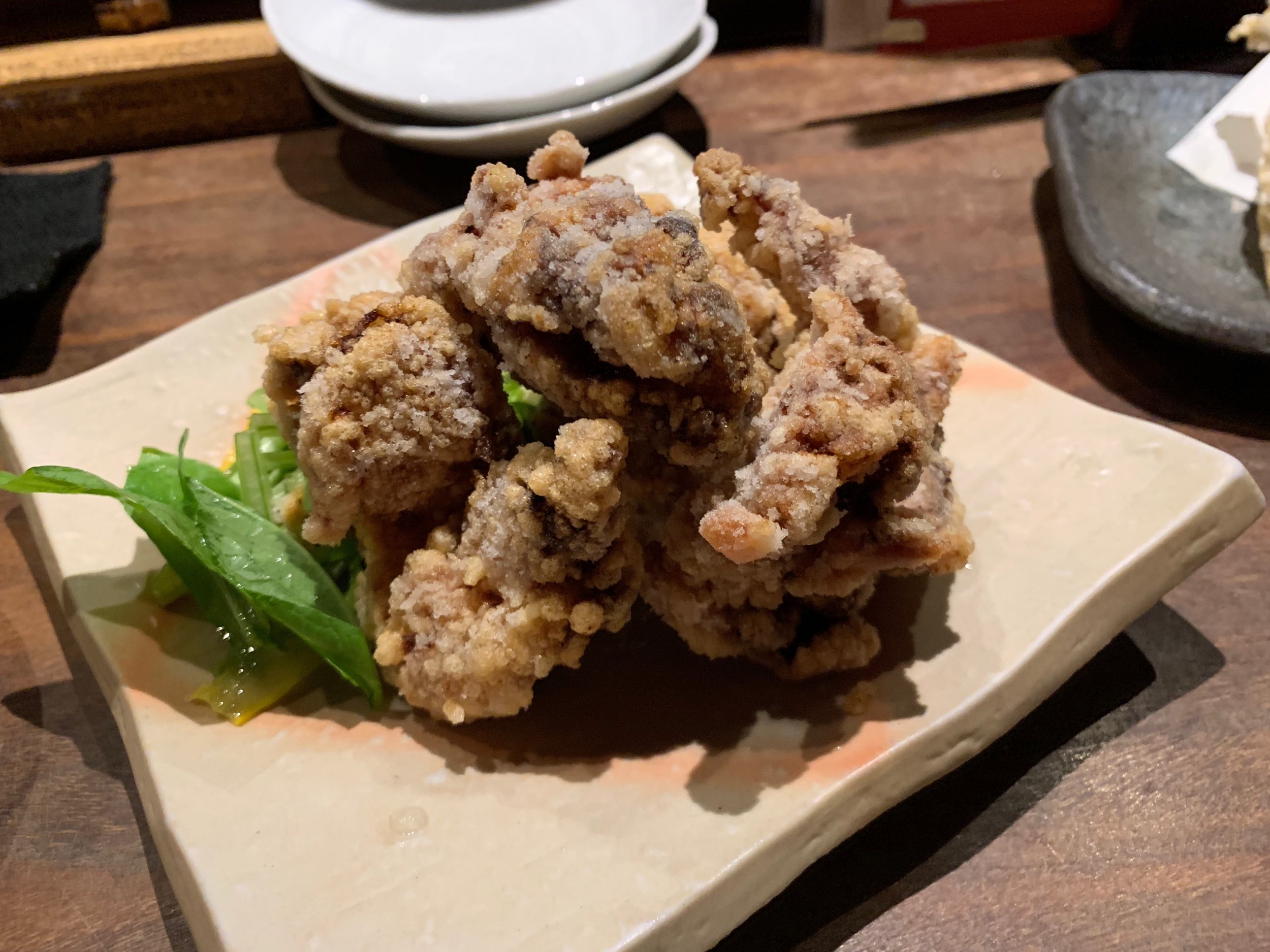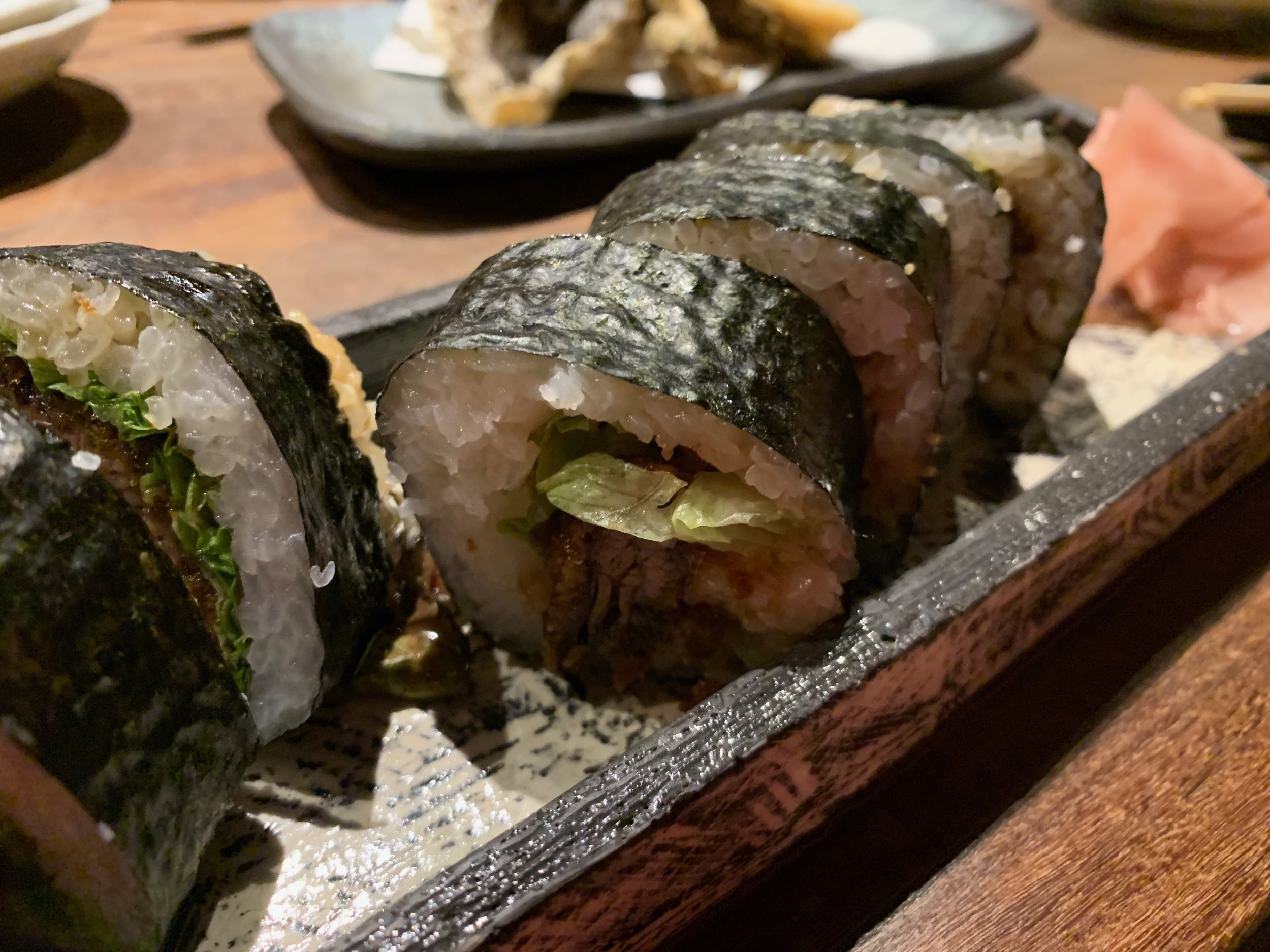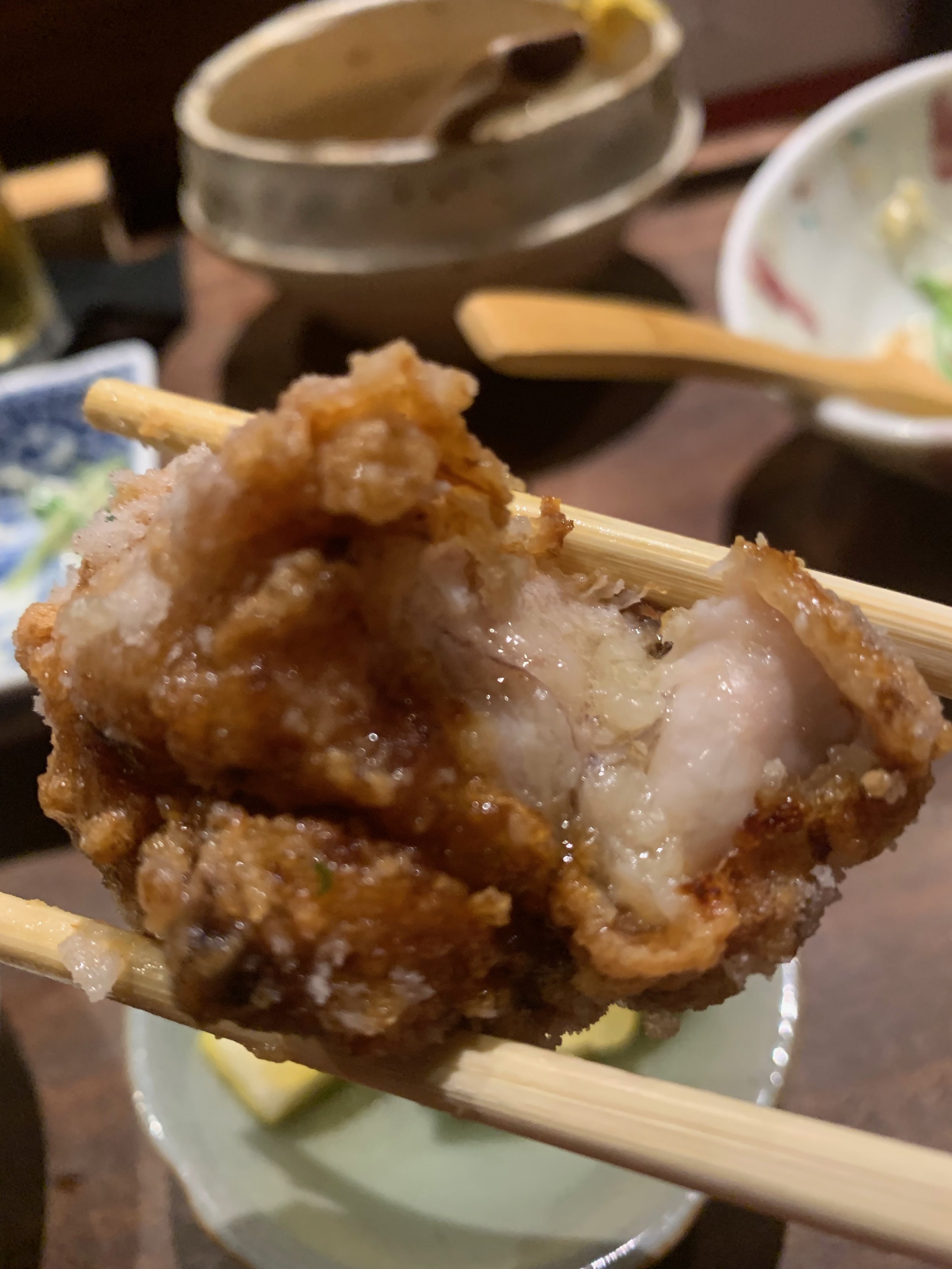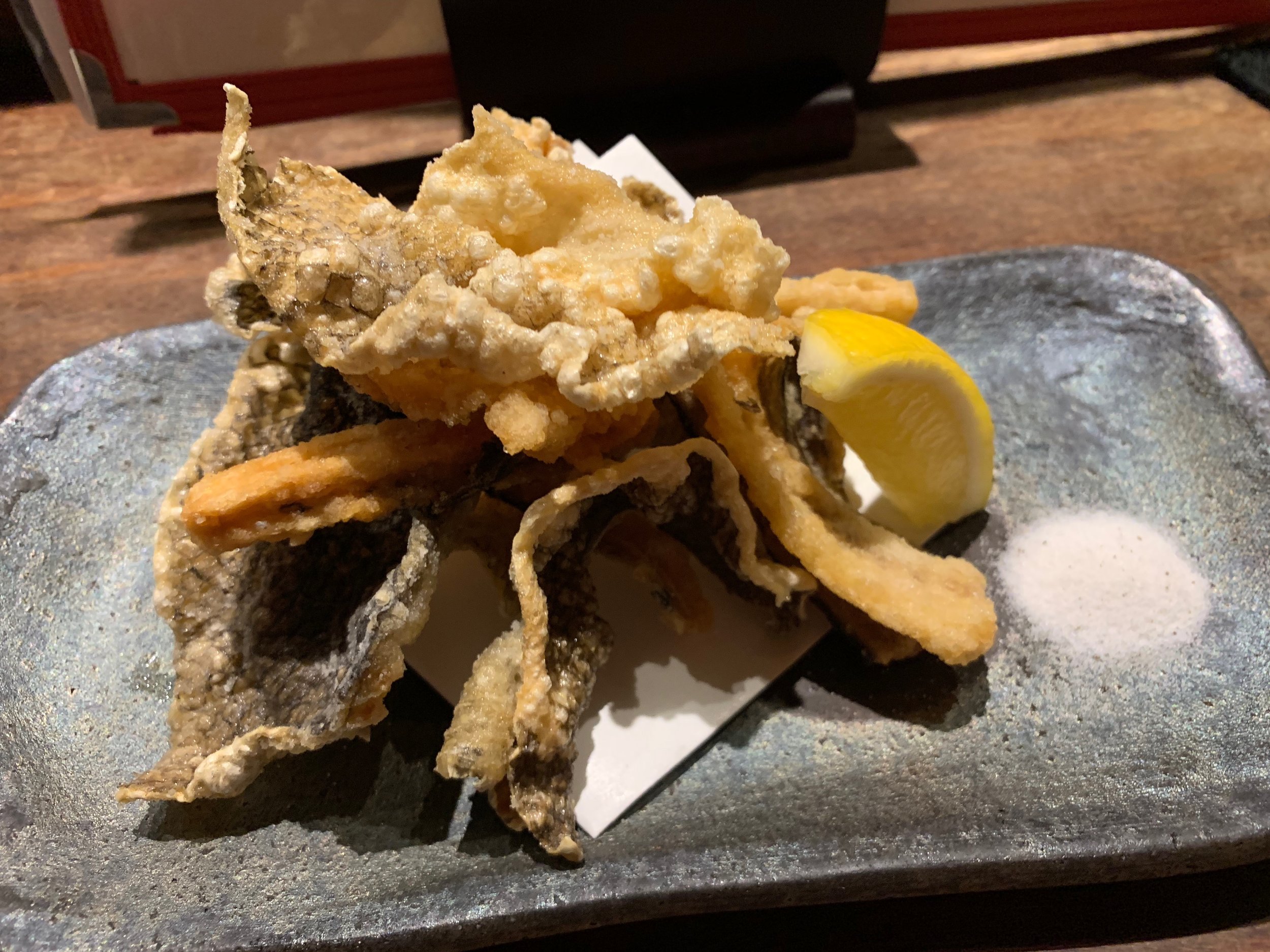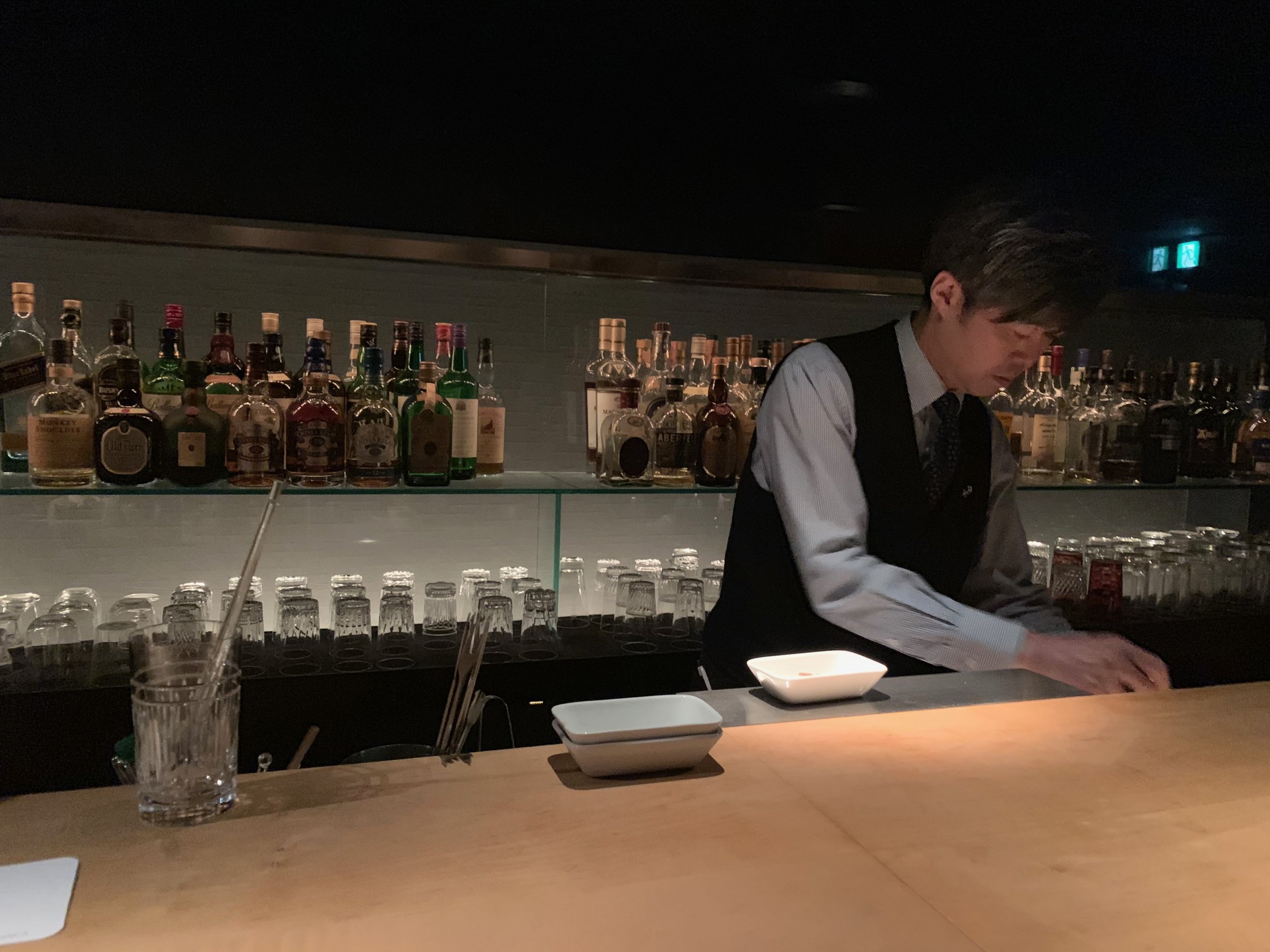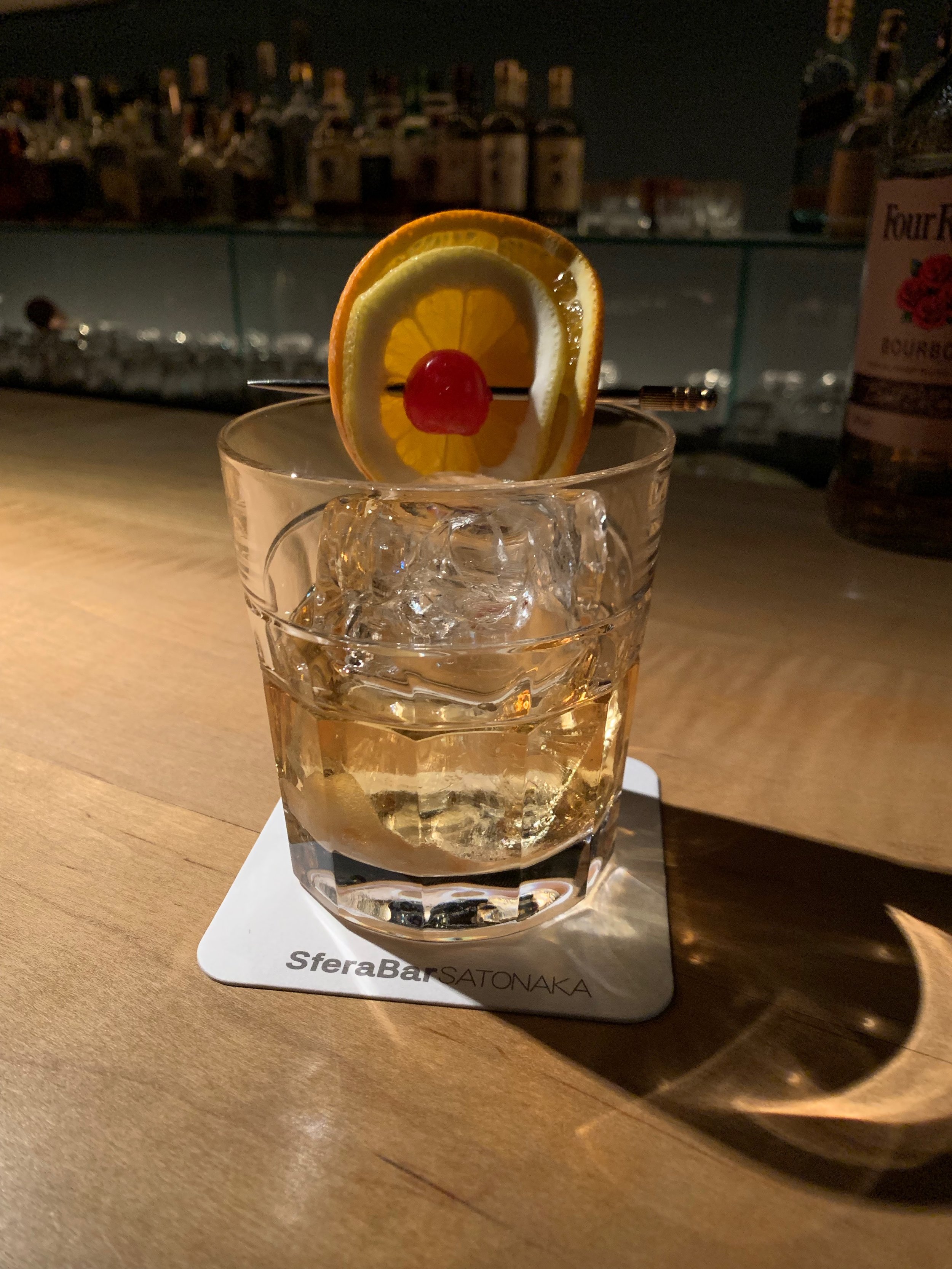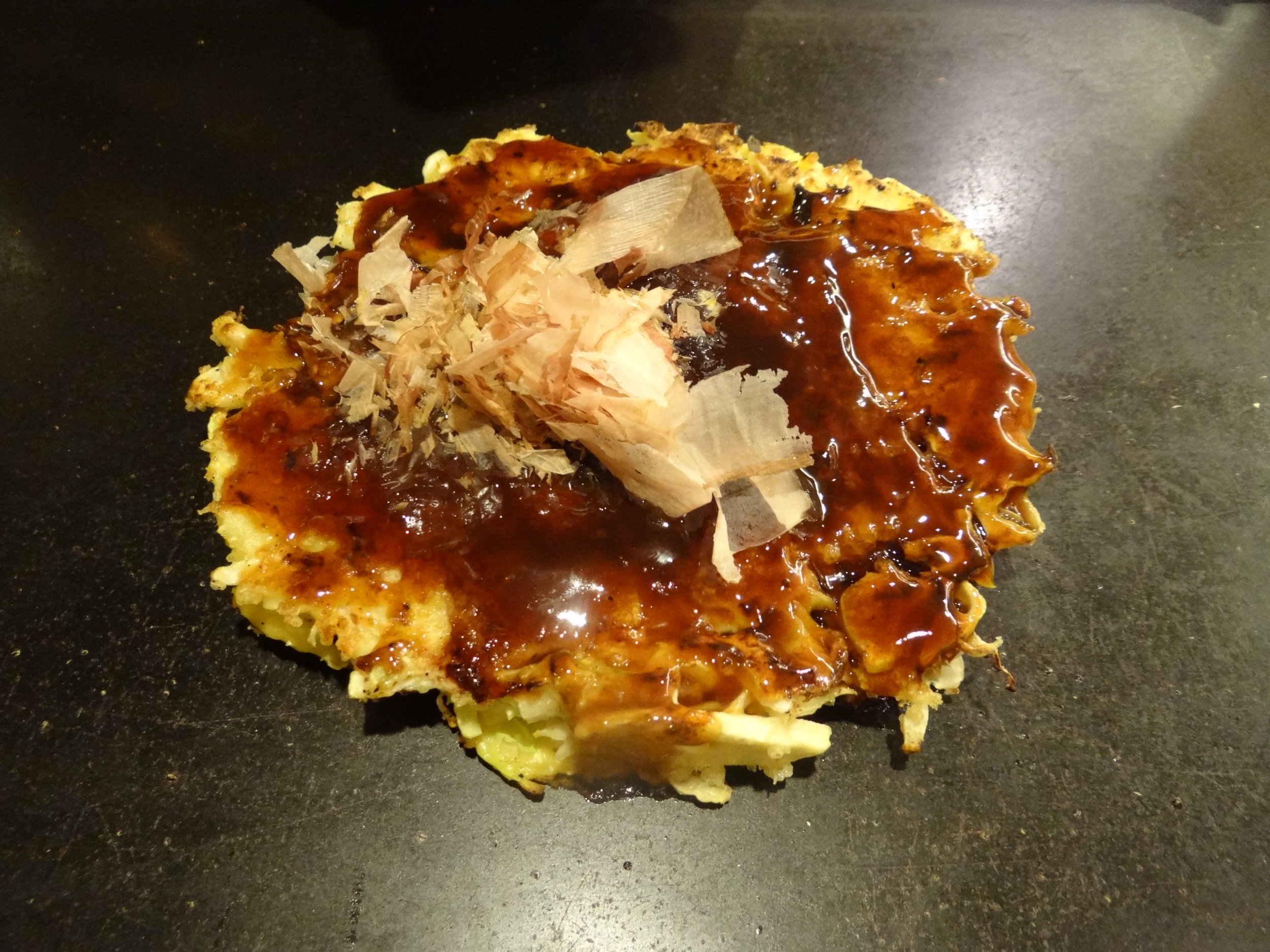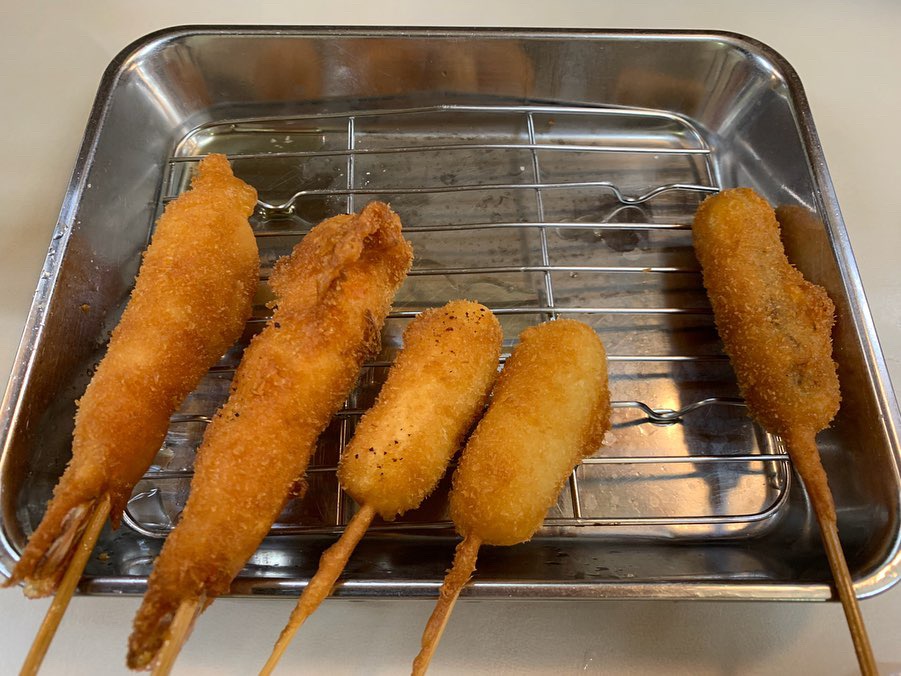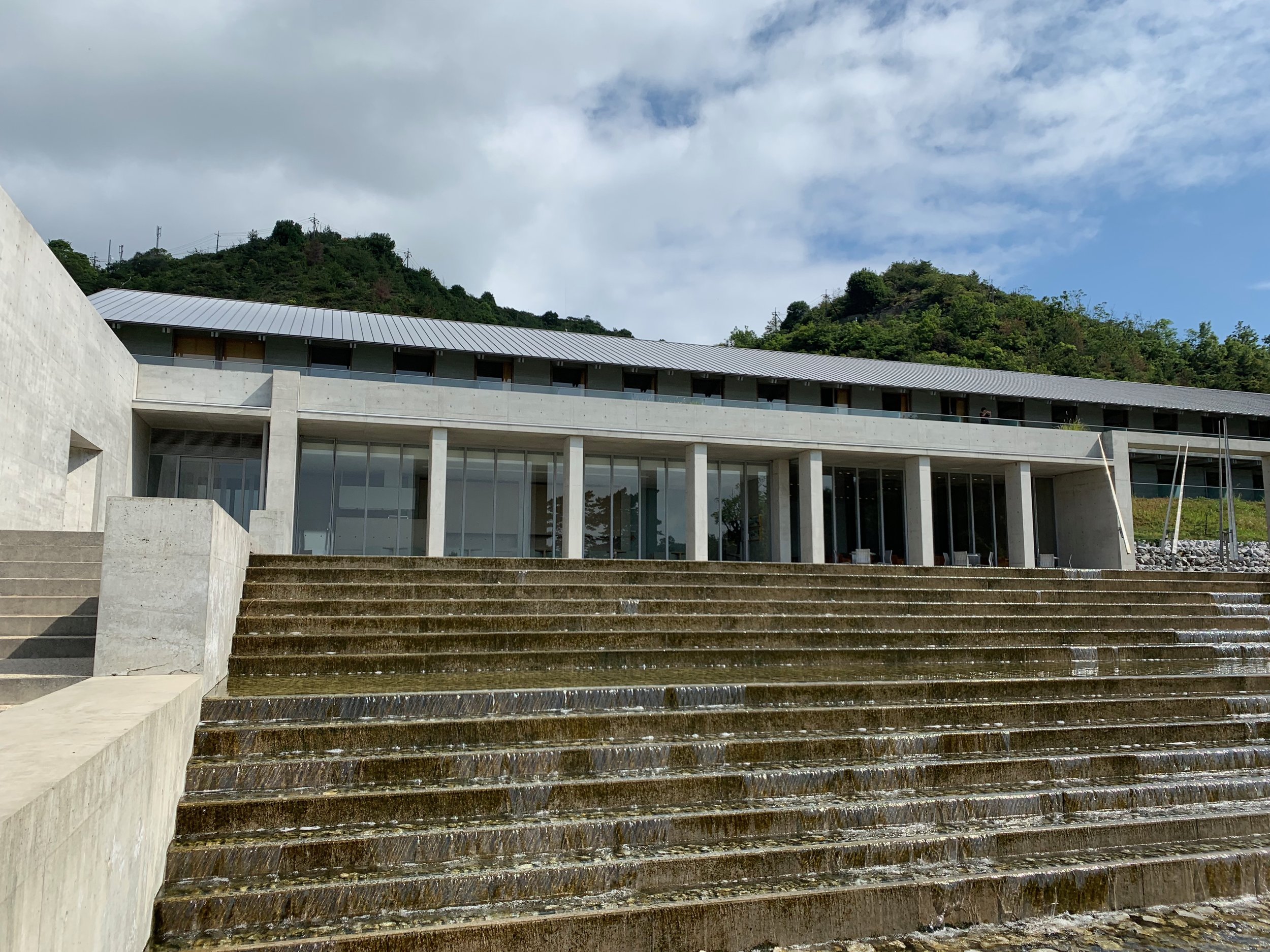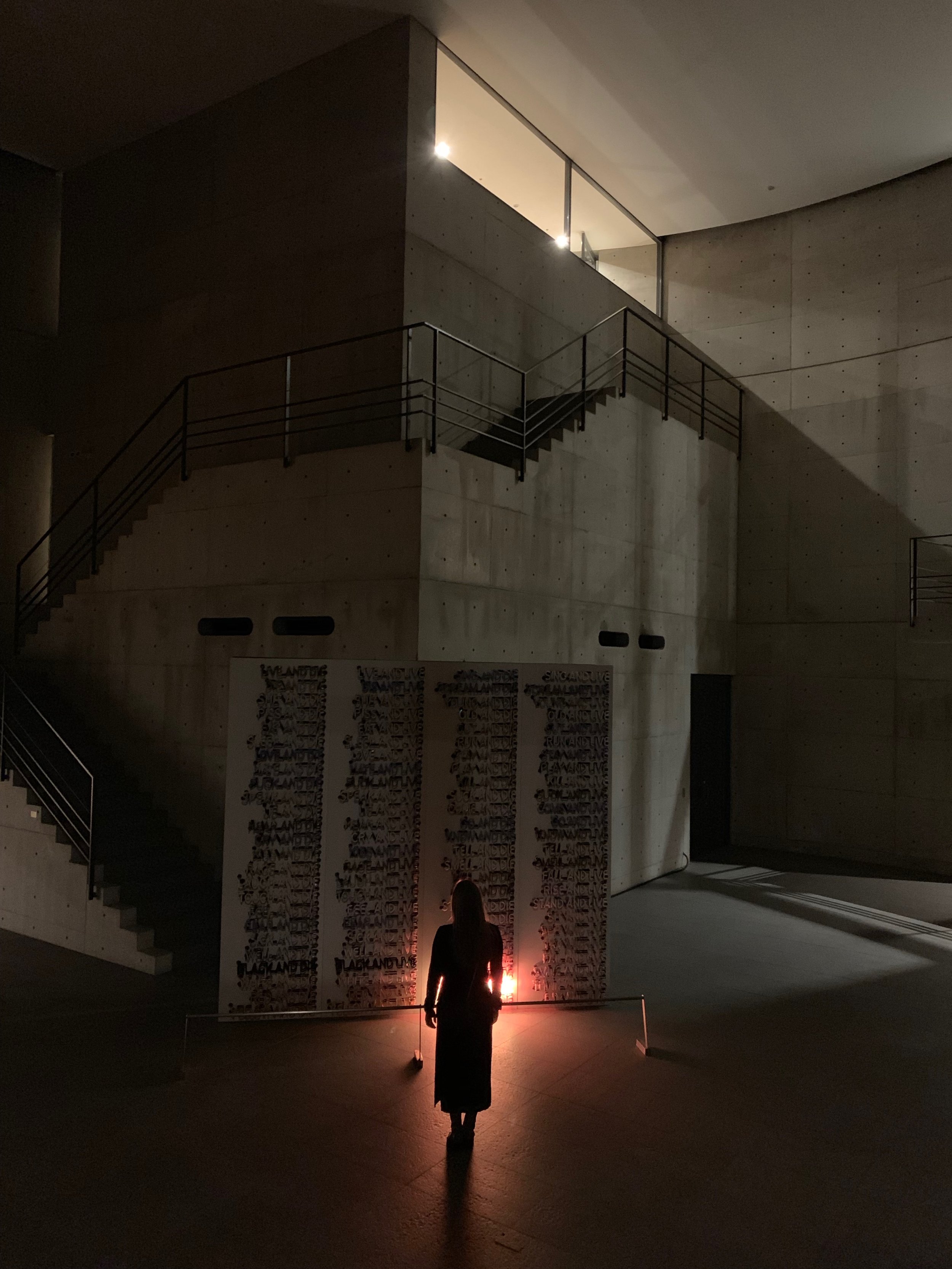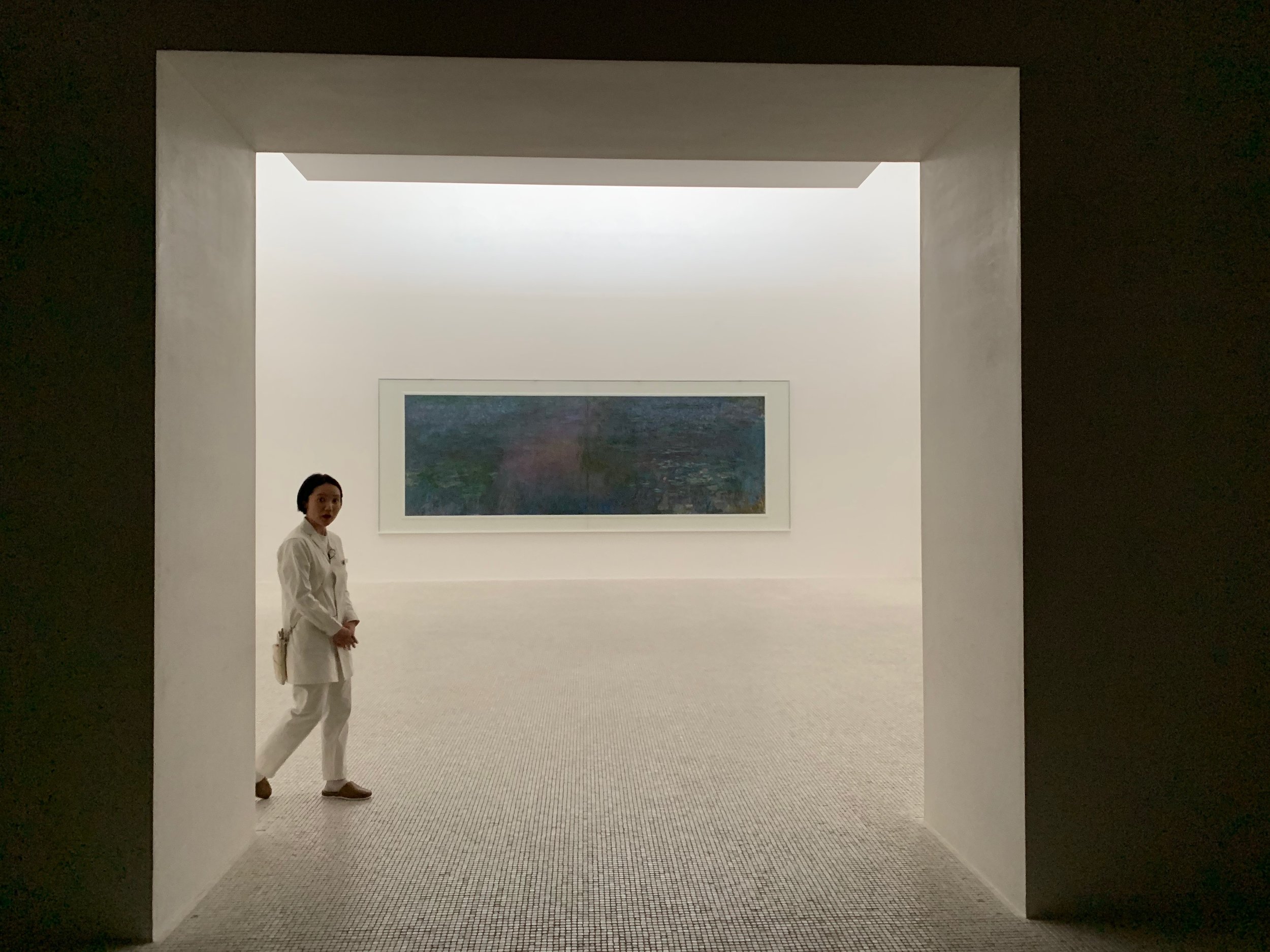Legicious guide to Japan
GENERAL INFO
Paying
Cash: a lot of Japanese restaurants (especially ramen shops) do not take credit cards but only cash. The way I recommend to do is to use a card with no international withdrawal cost(I use N26 Metal) and withdraw even daily from a 7/11. They are everywhere and they don't take any fee, so you can always have cash and pay ZERO in conversion.
Getting Around
Trains: it is recommended if you want to go from Tokyo to Kyoto, to get the 7-day JR pass since it costs around 220€ and only the return trip Tokyo-Kyoto will cost you around the same. IMPORTANT: You need to purchase your JR pass BEFORE your trip, and it’s shipped only via physical mail to your home address. When you arrive in Tokyo remember NOT to activate it, but to activate it only when you want the 7 days to start. Since JR doesn't even cover most of metro lines in Tokyo, there’s no point in activating it.
Metros: especially in Tokyo there are multiple companies(Ithink 4) running the metros. So when you buy a daily ticket for example for Tokyo Metro you may not be able to ride to certain stations.
Taxis: I rarely use public transportation but in Japan it is necessary, since taxi rides are really expensive and distances are big. Ginza-Shibuya which you may do twice per day, set you off at ~ 40 €. Metros are incredibly comfortable, great air conditioning, super clean and as a tourist I haven't found them that crowded. Totally worth it.
Airports - I have landed in Japan at Haneda, and it’s super well connected to Ginza, where I reccomend to stay. The Asakusa line brings you there directly in 30m. Airports just like anything else are dope in Japan, Haneda has a UNIQLO if you need some last minute shopping and some awesome restaurants, see later.
Food & Restaurants
Reservations - to put it simply, if a restaurant is worth going to, you cannot book it yourself. Most top Japanese restaurants do not take reservations in English and from tourist. Therefore you have two choices:
a) Use the concierge of your hotel. Unfortunately your hotel can only book restaurant for the period of the stay where you sleep with them, because if you don’t show up, the hotel gets charged and they charge you.
b) For many restaurants I have used JPNEAZY. It’s a concierge service that for 5€ a table reserves even the hardest restaurants.
Regardless if you go for a) or b), make sure to plan ahead, because most places are always fully booked.
Resources
To compile this guide and my itinerary in general I’ve pooled from many different sources, but two are worth mentioning if you want to get deep into the Tokyo/Japan food scene:
Adrian Bianco’s Biancissimo blog, his Instagram and Tokyo Food Map, his map and Ramen and Izakaya guides are the gospel for English speaking Tokyo.
RamenBeast, if you find yourself without knowing where to eat(unlikely),pull out this app where sneakerhead turned ramen connoisseur Abram Plaut ranks all the top bowls across Japan.
I’ve curated a map with all the places (and more) from this page. Just add it to your maps and use it while you’re in Japan.
TOKYO
I recommend spending 2-3 full days in Tokyo. Because the distances are so wide, you will be able to focus most of you day in one specific part of the city. In day 1 you can tour west Tokyo, Shinjuku, Shibuya, Harakuju and Dakainyama. During day 2 you can focus on the east part, Ueno Park, Senso-ji, Tokyo Skytree and Imperial Gardens. I would add 1 more day at the end of your trip for shopping and wrapping up the things you haven’t done yet, maybe visiting Roppongi and Ginza.
Stay at: The Square Ginza, 90€/night, 5m from metro station by walk, Onsen included
Mugi to Olive
This was my first bite of food in Japan and it was also my favorite. Are the two correlated? Maybe. The spot wasn’t even on my radar, because it wasn’t in the top 10-20 from Ramen Beast and other experts, but it was right below the hotel so we had to check it out. Went there at 3pm and there was no queue. Here the to go order is the triple broth from niboshi, chicken and clams. The complexity of the broth is something I never seen before. After you get through the first quarter of the soup, you need to add a little oil (hence the name) that is provided in a little silver bowl on the bar. The oil (I think it’s garlic infused) changes the profile of the bowl adding even more depth. A must if you’re in Ginza.
How to eat here: no reservation, Stand in line and wait.
No card, order with cash at automatic machine
Triple broth from chicken, nimboshi and clams
10-15$
Hashimoto
Another Michelin starred institution, Hashimoto, a restaurant that has been open since the 1800. You need to book in advance and go there relatively early, we went at 6pm and the unagi was almost finished. Of course the eel is perfectly cooked, strangely sweet and not too smoky. In the appetizers I’d try the fried eel spine but nothing else, the yakitori were quite forgettable.
How to eat here: reservation only. I booked through JPNEAZY.
No card, cash only
Unagi medium/large size
35$
Kaikaya
Following Mr. Bianco’s gospel, our first dinner was at Kaikaya. Izakaya are Japanese pubs where people eat, drink and de-facto party. While usual Izakaya food includes yakitori, fried chicken and other comfort Japanese food, Kaikaya focuses on very high quality fish at an accessible price and in a laid back party atmosphere. It’s the best place I’ve been to kick-off a night out. The dishes here are mostly all spectacular but the whole fried fish with garlic and the tuna ribs were from a different planet.
How to eat here: book online at Opentable.
Cards accepted
Tuna ribs, whole grilled fish, sashimi
35$
Masakichi
Also known as the shop that made David Chang cry. This is considered by many the best Yakitori shop in Tokyo together with Imai. First reccomandation: how to get a seat. I booked with JPNEAZY but the only option there was was a fixed menu. A lot of Japanese restaurants have“tastingmenu” for foreigners to make it easy to order. In my opinion they are mostly a scam because you end up paying a lot more than just picking each item from the Japanese menu. So if you can, try make a reservation via the hotel or show up very early at opening, at 6pm. Anyways, the skewers were spectacular, with chicken neck and tail being probably the best pieces of chicken I’ve ever had.
How to eat here: book via hotel or JPNEAZY or show up at 6pm.
Cash only
All the skewers on the menu
40 $
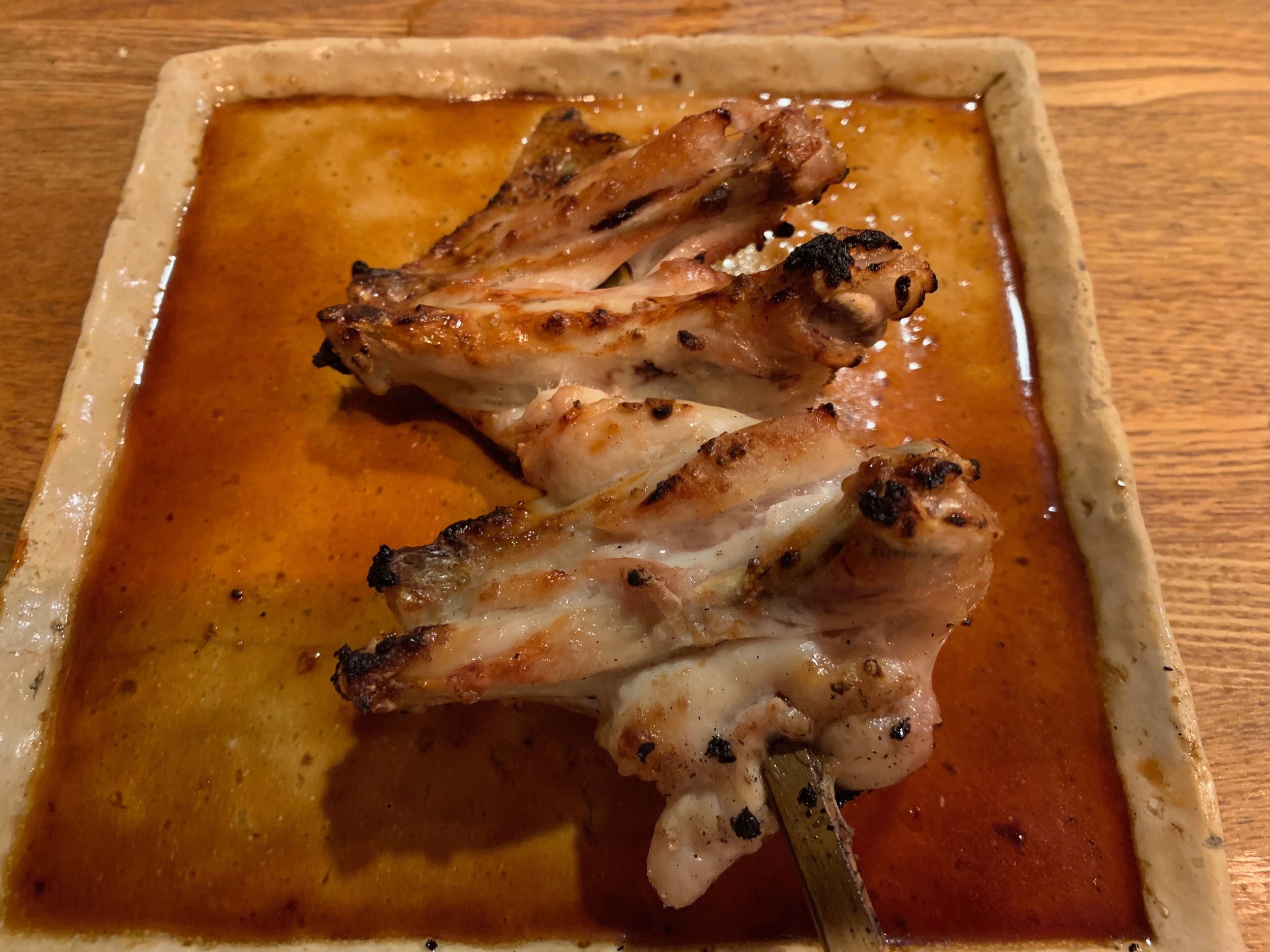
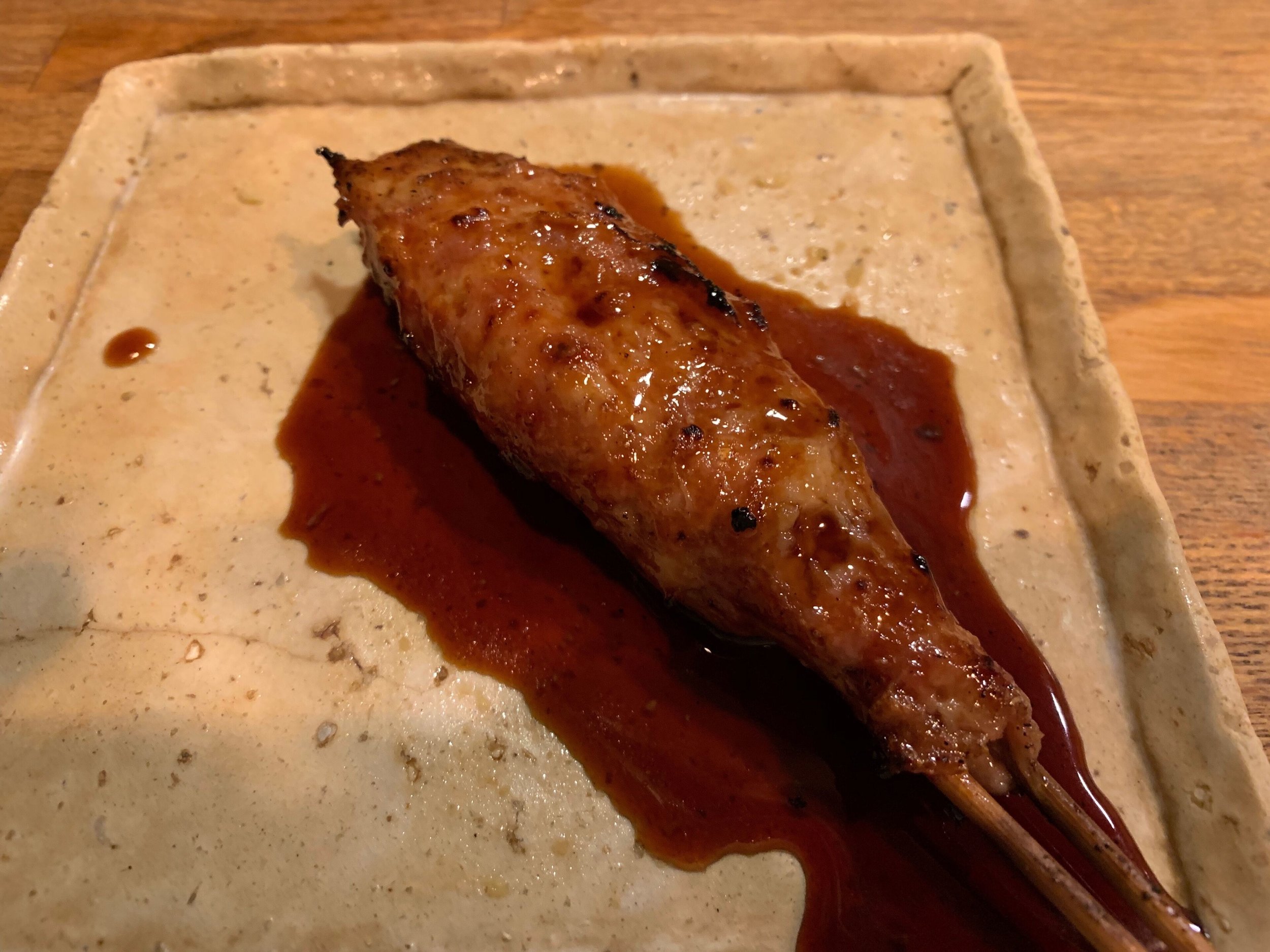
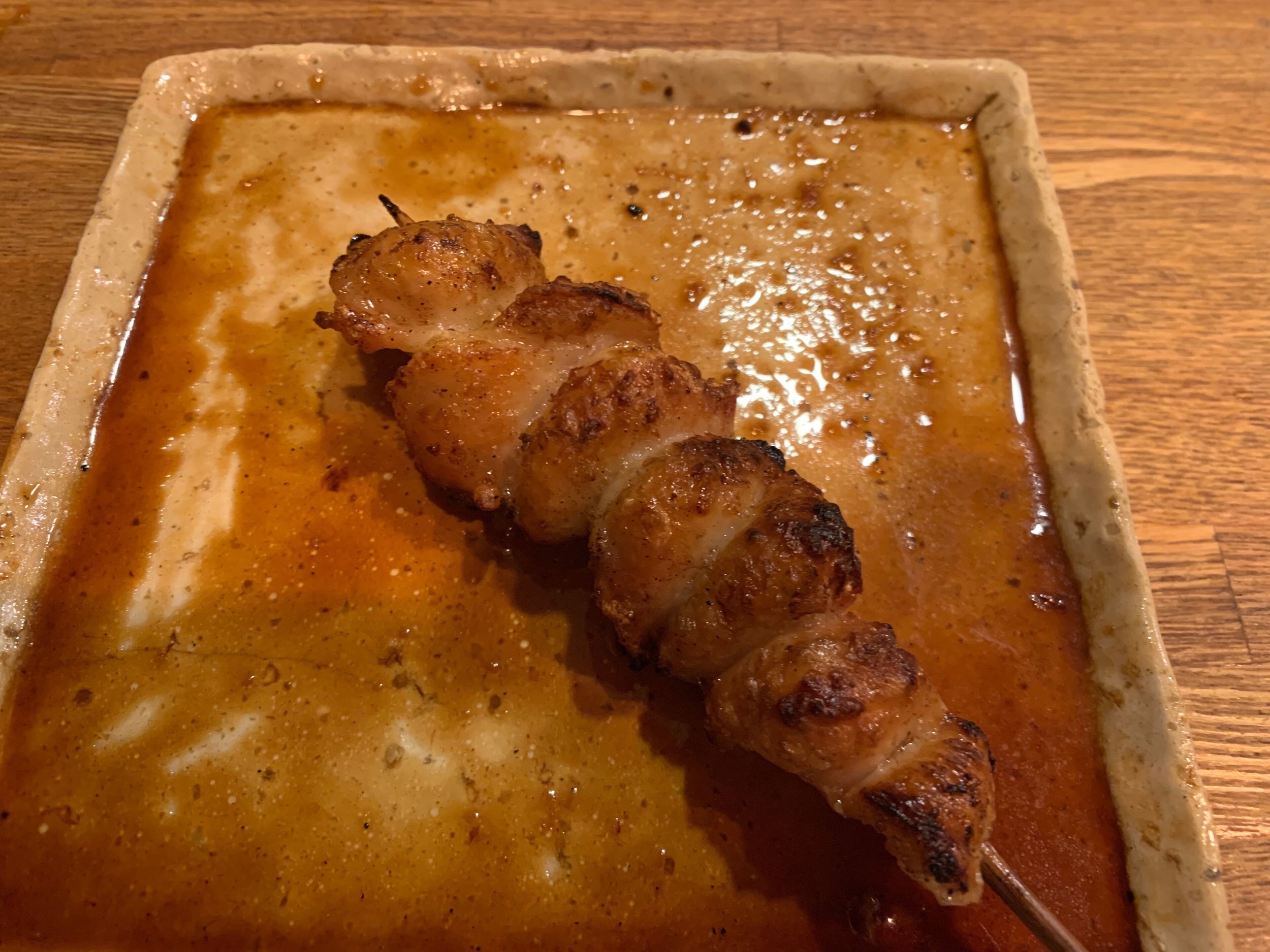
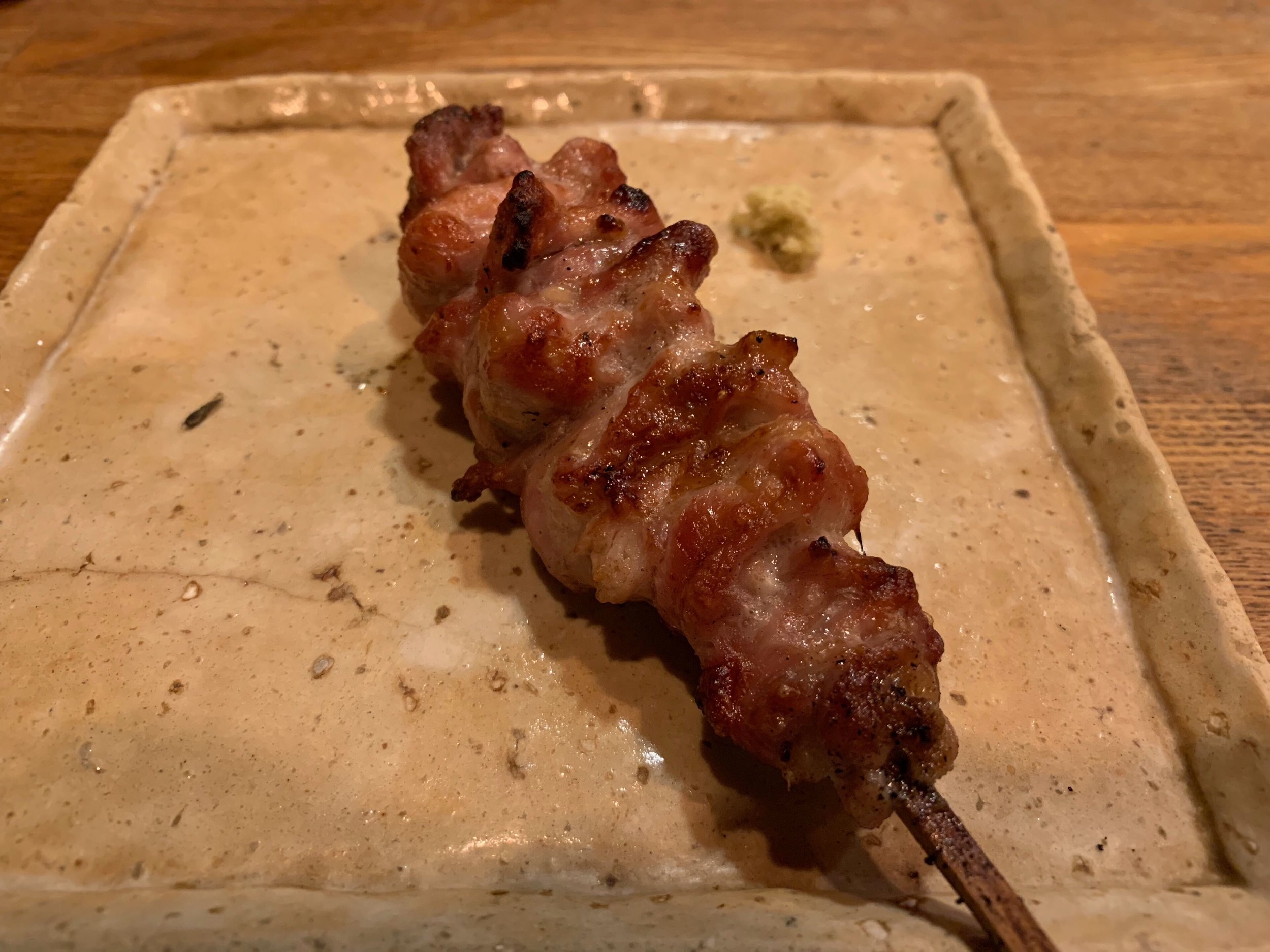
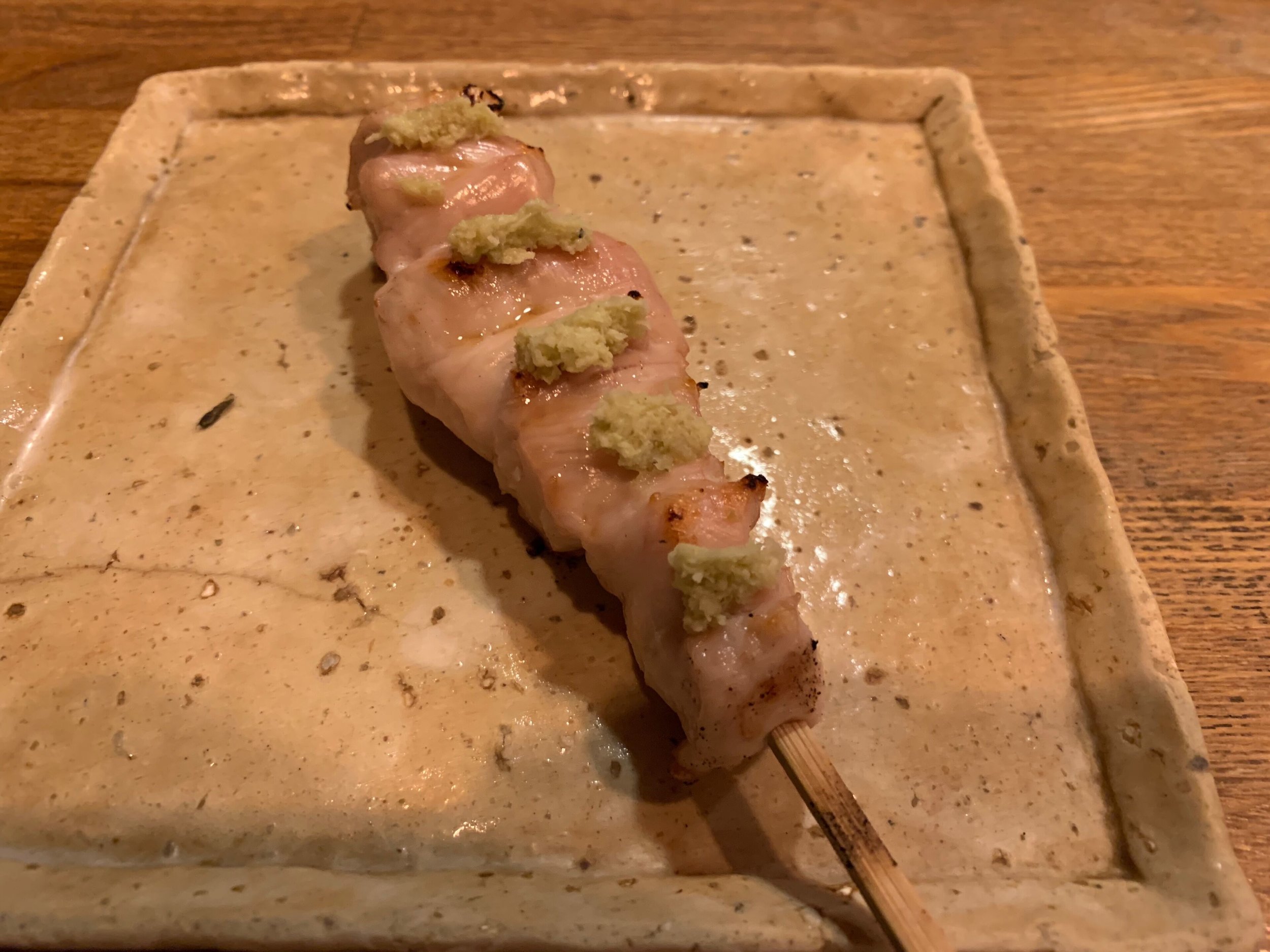
Butagumi
Probably the second most memorable bite of food of my whole trip. This Tonkatsu establishment, for many the best in the city, allows you to choose the breed of pork, the cut(lean,medium, extra fatty) and the thickness. Of course, the way to go is the thickest and fattiest option available on the menu. The cooking is always perfectly pink. It comes with side of cabbage and rice that you can re-order without limits.
How to eat here: book via hotel or JPNEAZY
Cash only
Tonkatsu thick cut
40 $
Pizza
Pizza deserves its own chapter in Tokyo. Many respectable friends have mentioned Tokyo pizza as the best in the world. Dave Chang says that too. So as a pizza connoisseur and Italian-man myself I wanted to try out the top three spots and see if they’re up to the challenge
Seirinken
The spot that“invented”Tokyo style pizza. The master here only serves two pizzas: Margherita and Marinara, just like the OG spots in Naples. The dough here is just perfect, probably the best I’ve ever tasted in my life. The toppings too. The only reason why it may not be the best pizza in the world is that the ratio of cheese/dough/sauce on the pizza is not right - for me, of course, too cheesy you almost couldn't feel the sauce. On the other side the marinara was just perfect, the best marinara I’ve ever had and one of the best pizzas I’ve had in general. But no cheese though…
How to eat here: you can call in English
Cash only
Marinara and Margherita, no starters
25 $
Savoy
Awesome lunch deal at Savoy during the week where you get a salad, drink and pizza for 10$. Compared to the other pizzerias in this list it’s a steal. Here the dough is again close to perfect, very thin and crispy. The toppings on the other side are great but not perfect, the sauce being slightly too salty and cheese a bit too dry. The pizzaiolo there says it’s“Tokyostyle pizza, not Napolitan”. Still a better pie than you'd get in the top spots in Paris, Berlin or London.
How to eat here: no reservation needed for lunch
Cash only
Margherita lunch deal
10 $
Pizza Studio Temaki
Last but not least PST. I’ve eaten in the Roppongi outpost, right after savouring the Seirinkan magic. The pizza to take is their “Temaki” which is a premium margherita. Here they have rather modern and creative options but I stick to the standard for comparison reasons. It’s an excellent pizza, dough is very light and crisp, ingredients are top notch. For the price (~20€) it’s probably the worst quality-price ratio.
How to eat here: call in advance, English is ok.
Cards accepted
Pizza Temaki
25 $
Convenience store foods
Convenience stores (Konbini) are everywhere in Japan, virtually at any corners you can find a 7/11, Lawson or Famimart. Because of the proximity and the fact that most japanese in large cities don’t cook at home, these Konbini developed as quick grab and go food temples. And because the Japanese always apply their craft to anything, the food is nothing short of stunning. When asked what’s your favorite food in Japan, David Chang says: “fried chicken from Lawson’s”. Yes it’s that good. The Konbini culture has become somewhat hyped, and there’s a bunch of videos on Youtube on the best choices there. The Konbini becomes a must stop in your trip, for a quick breakfast or an easy way to balance out your food budget after an expensive dinner the night before. So here’s the rundown of my favorites from my trip:
7/11 Carbonara: yes you read that correctly. Pick up one of these from the store, ask the employee to warm it up. The yolk (stored raw) cooks together with the hardened cheese that melts with the heat and forms a cohesive sauce. The pasta is somehow still aldente and not chewy at all, and here you go, you got a masterpiece. The only question is, how can Japanese beat Italians at their own game? ¯\_(ツ)_/¯ ~3 €
7/11 Pork Katsu: this fried pork cutlet sandwich is sauced, then wrapped in plastic, stored in a fridge… and still crispy? Don’t ask how they do it, but I’ve consumed at least 3 while I was there, ideal for a train ride or to bring in the park. ~ 3€
Onigiri: this goes without explanation. My favorite flavor: tuna and mayo. 7/11 stores theirs separating the nori from the rice, making sure that the seaweed stays crispy. ~ 1€
Egg sando: every Konbini has their own version. While Dave Chang praised Lawson’s, ruomor is that they’ve changed the recipe to healthier one and it’s not still on top. My personal favorite was again 7/11. The egg sando as gotten quite some hype recently, and I am not sure it deserves it compared to the rest on this list. Still, the pillowy bread and tart/creamy egg deserves the 1€ cost and makes a perfect for a perfect breakfast.
Fried chicken: another staple Konbini food. I recommend the spicy version from Lawson’s.
Other food tips
Fast foods: Ichiran/ShakeShack/Ippudo
Airport food: Tempura + Tsukemen
Train station: Bento boxes at the station
Bars:
Bar Martha
Bar Mori
High Five
Bar Mimi
Art:
21-21 Design Sight
Team Borderless
Tonari no Zingaro
KYOTO
Kyoto is a wonderful city, by far my favorite as a “tourist” as it’s the only one that differs massively from the concrete/skyscraper aesthetics of the others (Osaka, Tokyo, Hiroshima). I would reccommend spending 2-3 days here, depending on how much of the touristy things you want to do. We don’t like big tourist traps like the bamboo forest where you find thousands of other tourist trying to catch the perfect Insta so I won’t list them here. I reccommend basing yoruself in Kyoto also for your visit to Osaka - it’s a 15m train ride away only, so not much sense to switch hotels.
Stay at Resol Hotel Kyoto, 100€/night, 5m walk from metro, Onsen included
Gion Manzara
The Izakaya in Japan is what we call a pub in Europe. Except that, in Japan, pubs happen to have dope food. This one in particular, hidden in the streets of Gion, the geisha district of old Kyoto, is especially high on the legicious meter, with straightforward dishes to be accompanied by lots of beer. Basically the ideal set-up to kick-off a night out. We started with some fried fish skin, perfectly crunchy to chicharrones-like consistency. We then followed with Karaage (fried-chicken) so crunchy it was almost too much, but really not since we ordered another batch. See in the picture how damn juicy it was. Another noteworthy dish is the beef sushi roll, basically an hamburger turned Sushi. This is the kind of place I would eat everyday at, if I could.
How to eat here: call in advance, they speak English
Cards accepted
Fried fish skins, Fried chicken, Beef sushi roll
30$
Sfera
Ideally after dinner at Manzara, you should follow-up with drinks at Sfera. This bar is at the top floor of one of the most stunning, modern buildings in Gion. During the day it is a exhibition space / furniture shop / cafe. At night, take the elevator and reach the last floor. One of the best barman in Japan expects you. When we go there it was quite surreal, since we were lucky to be alone with the barman. Prices here are of course high, but totally worth it.
How to eat here: just show up
Cards accepted
Japanese Whiskey and Cocktails
15$ a cocktail
Tea Garden
If you want to avoid the crowds of the very touristy attractions, head to Murin-an, one of the most intimate and beautiful gardens in Kyoto. Make sure to get there before 4pm, which is the last tea serving. I recommend getting there right before 4pm and staying for the sunset, we ended up being there at this time randomly and it was one of the most amazing spectacle of the whole trip.
Nishiki Market
One of the most famous food markets in the world, Nishiki is a great food market where crossing off your list a few of the staple street foods. I strongly recommend trying Tako Tamago, a candied tiny octopus with a quail egg inside its head. It’s creamy and salty, one of my favorite discoveries during the trip. After tasting some Kobe skewers Nishiki is a good place to get your hands to a good Okonomiyaki, the japanese pancake made of potato, cabbage, egg and other toppings of choice including bacon, shrimp and katsuobushi. Nishiki Warai is a pretty standard option to try, although I’m sure you can find better options throughout the city. If you want a great souvenir for your friends and family, get a bag of the wonderful Sichimi spice mix, made from chillies and sesame seeds.
How to eat here: just show up
Cash only
Tako Tamago, Okonomiyaki, Kobe
5-15$
OSAKA
A 15m ride from Kyoto Station, I definitely recommend a day trip to Osaka. The plan: eat street food and shop. The shopping district is fairly easy to reach from the street Nfood hub, so you can jump on and off as you desire. Osaka has some of the best menswear shops in the world so I highly reccommend crossing the river and checking out Porter, Undefeated, Bape and more, they’re all in the same strip.
Dotonburi Street Food
To kick-off the day of eating right, head to Kurogin Tuna Store and get a mixed Tuna Sashimi plate. Second, at the beginning of Dotombori strip, head to Kani Doraku to eat some barbecued king crab legs. Third, head to Kokuru for Takoyaki, little pancakes/balls with an piece of octopus leg hidden inside. It’s topped with Kewpie mayo, oyster sauce and seaweed powder. Last but not least head to Daruma and get a taste of Kushikatsu: different meats and fishes all on a stick and deep fried. They’re super cheap and delicious, not fancy at all, buy, dip in sauce, get out.
How to eat here: just show up, some queue might form at peak hours.
Cash only
Takoyaki, Crab legs, Kushikatsu, Sashimi
5-15 $
Uncle Rikuro Cheesecake
Before you leave Osaka, make sure to stop at Rikuro, the most prominent Cheesecake shop in Osaka. They’re known for their hyper fluffy japanese cheesecake, and make hundreds fresh every hour. Make sure to wait for a fresh batch and then consume it either in the store or return to Kyoto with it.
How to eat here: just show up, some queue might form at peak hours.
Cards accepted
Whole cheesecake
5-10 $
NAOSHIMA
As you can easily see from this guide, I am not big on sightseeing but rather focus on the cultural aspect of the trip, with food being my number one interest and art coming right after. Naoshima is by far, the best experience I’ve had in Japan. Recommended to me by multiple trusted sources, it didn’t intrigue me at the planning phase. It’s a not particularly beautiful island in the south east of Japan, reachable by train from Kyoto plus half hour ferry. Naoshima was selected and turned into basically an island-museum. Tadao Ando has led the construction of multiple museums, and transformed old buildings into art spaces. The goal therefore of the trip is a full day immersion in art and architecture.
Benesse Hotel
If budget allows, you really cannot skip on staying inside the Benesse Hotel, designed by Tadao Ando and part of the art sites. Sleeping there allows you access to part of the museums, some private collections not accessible to non-guests and to a comfortable free hop-on-off bus that takes you to all the sites on the island. All rooms are wonderful and start from 250 $ a night. You are, de facto, sleeping inside a museum, which is a wonderful thing to do. I also strongly recommend to choose the dinner at their Japanese restaurant, while booking the room. It’s a tasting menu of 10+ courses of Kaiseki cusine. While difficult to understand for newcomers, it is totally worth it to be eating at night in a museum, with a view over 5 Warhols in the dining area.
How to get here: book well in advance.
Cards accepted
Room 250 $ / night. Dinner 100$ / person
Chichu Art Museum
This the site that impressed us the most. This museum, designed by Tadao Ando, is meant to blend the architecture with the art pieces, making it all one wholesome experience. In particular, the light-art from James Turrell nearly brought us to tears. It is not allowed to take any pictures in there, which makes it an even deeper experience. Tickets can be bought at the hotel. Definitely worth the trip and not an understatement when people define it the best museum in the world.

